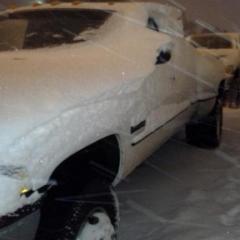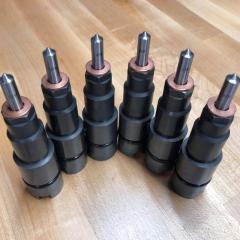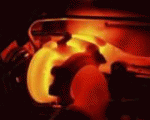- Replies 26
- Views 7.8k
- Created
- Last Reply
Top Posters In This Topic
-
Mopar1973Man 7 posts
-
dripley 5 posts
-
Hawkez 5 posts
-
notlimah 5 posts
Popular Days
Most Popular Posts
-
I use a needle valve as a snubber. I've never had any issues with mine. The valve is just barely cracked open.
-
I have two snubbers. A snubber on the gauge line coming off the fuel filter housing and ISSPRO custom installed a snubber orifice in the mechanical gauge for me for free. Smooth and responsive gauge
-
So are you just going to tee into the 90 that goes into the vp44? Or are you looking to splice the line again and add in the ability to plug in a test port? I'm with TFaoro on this one, I'd just







What are the options for installing a fuel pressure test port? I know some to the late 2nd Gens had a schrader valve at the VP44 where fuel come in. But if you upgrade your fuel lines and replace the banjo that gets removed. I still have the banjo on the return line leaving the IP, can I put a test port there? Or is there somewhere else that is better?
Thanks,